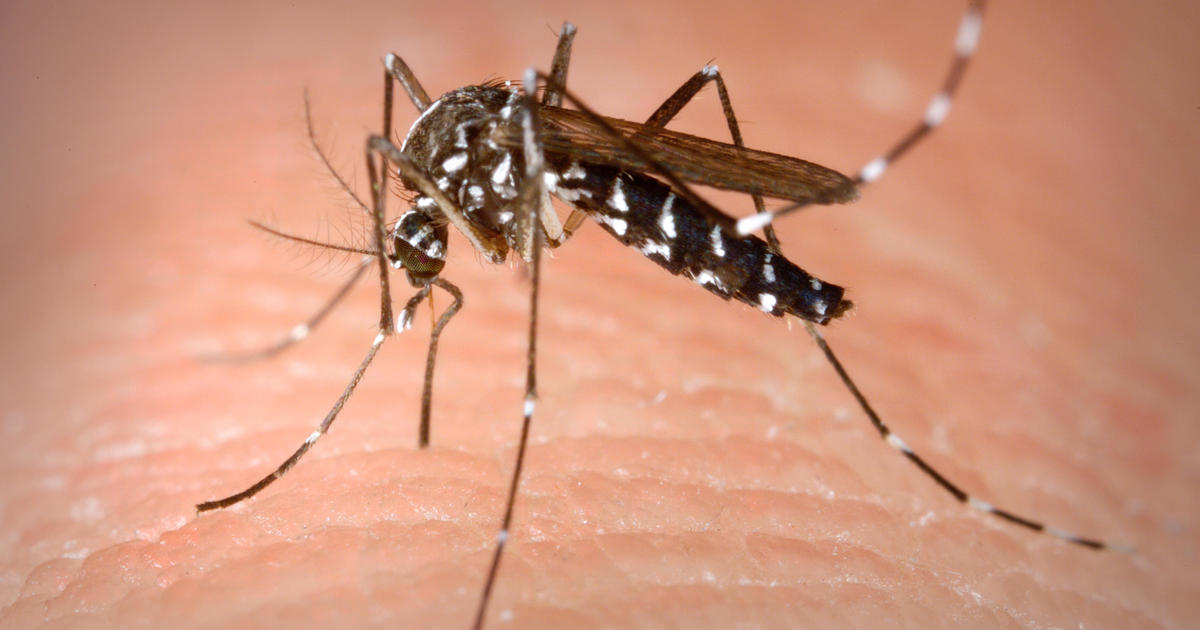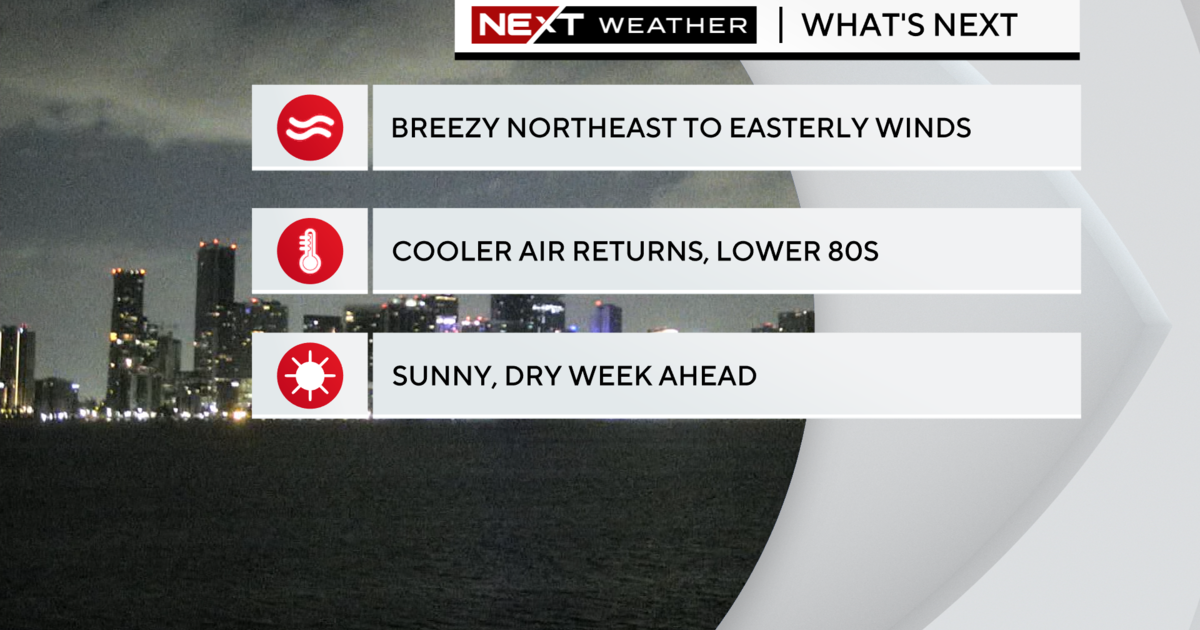Safety Of Government Cut In Question After Fernandez Crash
Follow CBSMIAMI.COM: Facebook | Twitter
MIAMI (CBSMiami) -- It's 9 o'clock at night. The sun has vanished and darkness takes over the South Florida coastline. A boat pulls up alongside the Government Cut jetty where the boat of Marlins Ace Jose Fernandez slammed into the rocks days before.
You can't see a thing. You just know it's there because someone said it is. The boat captain flips on four spotlights and huge rocks appear. The jetty was right in front of you and you didn't even see it now. It's a powerful illustration of just how different boating at night can really be.
Jas Grocholski, a Miami-Dade Firefighter, admits "most people stay home at night."
He along with the crew of Fireboat 1 agreed to take CBS4's David Sutta out at night to show what they see. Frankly, it's magical. Quiet, surreal, and many boaters will argue the best time to be on the water. It's not crowded. Boats are few and far between. But when you do see one it can be terrifying.
"History has shown that at night, yes, a lot of the accidents have been either an accident from a vessel running aground at night or running into another vessel at night," Grocholski says. Usually, it happens with inexperienced boaters during a holiday. They get caught in dangerous situations.
As Sutta cruised along South Beach, he saw two boats headed right for each other. If not for some faint lights, you could not see them. Luckily, one of the boaters spotted them and avoided a collision. Clearly, at night it's hard to make out what's coming and going.
Grocholski explains, "It's easy in these situations to lose a boat because a white light could be the headlights coming at you from South Beach. The red light could be the tail lights. So easily, you could lose it."
In 2015, Florida Fish and Wildlife documented 737 boating accidents in Florida. Nearly half involved boats crashing into each other or fixed objects like pilings, docks, and jetties.
Sadly, Fernandez became another statistic - crashing into a wall of rocks he likely didn't see until the last second. Grocholski looked at the crash site.
"Sadness, it's just tragic. An easily avoidable accident occurred and that's pretty much. You see the distance from where he would have been clean and clear the rocks," he said.
Florida Senator Marco Rubio has made a formal request of the state and the Coast Guard to re-evaluate the safety of Government Cut. The channel is marked with a series of markers that flash at night. Under general water rules, boaters use red markers to return to shore and green markers to guide you out. Stick between them and you should be safe.
While thousands of boaters rely on Government Cut's markers without incident every month, is it enough? Especially with a majority of boaters in Florida having zero formal boating education.
"You are an amateur. You don't know those different lights, and you haven't taken a course that teaches those lights, you can very easily create a situation that could be hazardous," Grocholski said.
He recommends you avoid boating at night if possible. If you do go, know your route, your instruments, and go slow.
"Driving slow, if you bump into this sort of thing, yes you might scratch your paint, you might get stuck but you will never cause bodily harm in any way and drive slow," he said.
Here are some tips for boating at night:
http://www.discoverboating.com/resources/article.aspx?id=429
http://www.boatingbasicsonline.com/content/general/4_2_b.htm
Free online boating courses: http://www.boatus.org/



